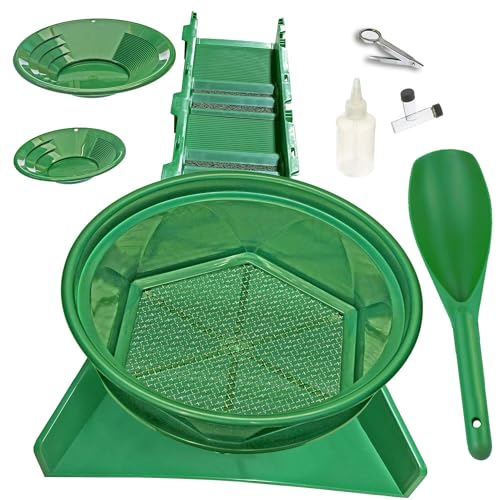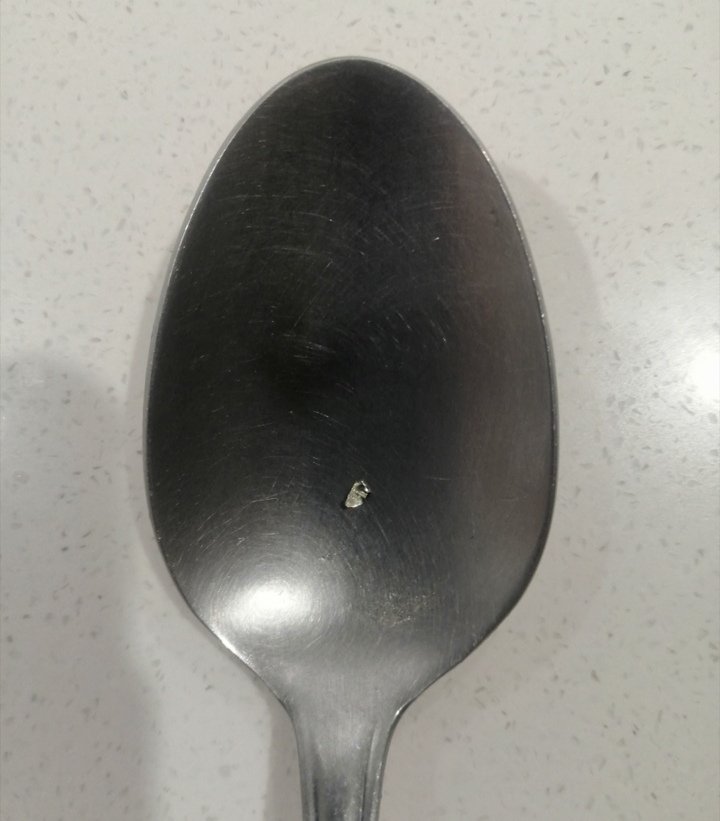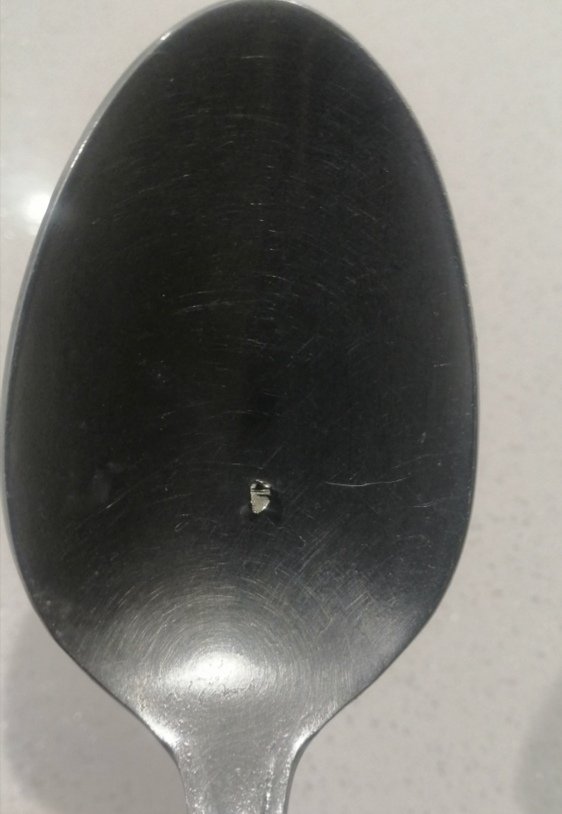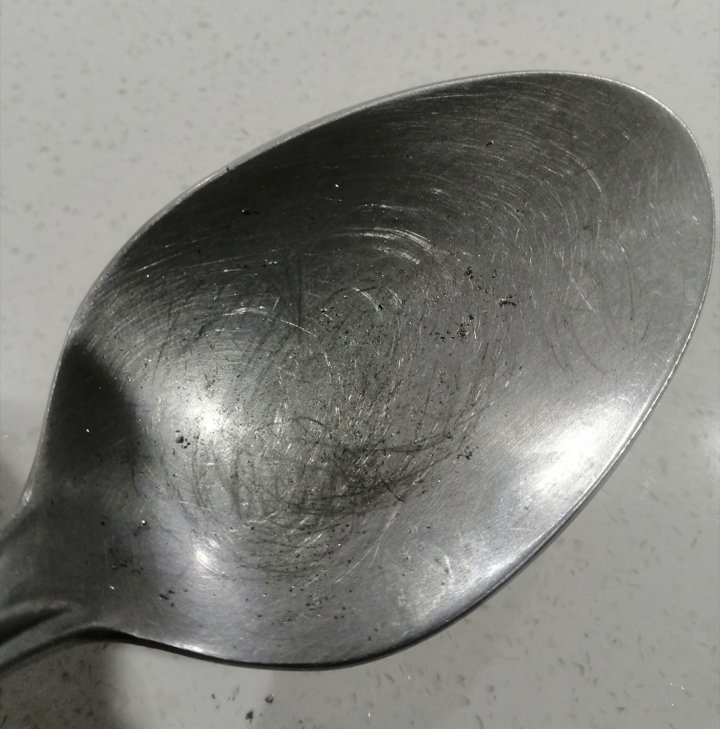Goldfreak said:
goldierocks said:
I looked up how to do a Hardness and streak test with basic materials. I will get back to this thread later with an answer hopefully.
You will find that I have done an entire series on this here if you search past blogs here ("Series on identifying minerals"). Streak and hardness you could know 10 minutes from now and it would excljude extreme speculation as great as galena versus arsenorpyrite.
Incidentally, arsenopyrite would be my wild guess. It has a black streak, quite unlike its colour (pyrite also has a black streak). It also has a fairly high SG of 6.1 (compared with 5 for pyrite and 7.5 for galena - although its hardness immediately excludes galena, which you can scratch with a $1 coin or calcite). That is large enough to be diagnostic 90% of the time if you also use one of those $20 balances that I have described on here to determine SG.
Just a comment - it takes less than half an hour to get hardness testing and streak plate together without spending a cent - $25 on line will get you a superb balance for SG testing that you will get in a week, take 15 minutes to put a permanent SG testing set-up together. Then using colour as well you will identify correctly 90% of all minerals that I have ever seen posted here in less than half an hour. If still stuck you can post your results and a clear (not out of focus), detailed (very close-up) photo as a starting point to discuss with others.
I tried to get all queries together under "Your Mineral Idention Questions". This had the advantage that I checked there regularly, even more an issue now that I less commonly log onto this prospectingaustralia site because of all the flaming and attempts to stop discussions. It also has the advantage that people learn how to do it, as I cannot afford the time saying the same thing each time (asking streak, hardness, colour, sg - the last which people mistakenly think is difficult to determine when it is easy and highly diagnostic, with similar-looking and hardness sulphide minerals varying over a much greater range in SG than any of these other variables).
That is not meant as criticism in the slightest - how could people instinctively know these things - I am just pointing out that if people used that blog site and tried to give some basic mineral properties right from their first post, I could continue to assist usefully (and be a bit less silently frustrated in the process)? I can't afford the time otherwise - I have written all this dozens of times now - better to devote my efforts to getting you all a quick and conclusive result.
It is a pity that "Identifying Minerals" is not made a major sub-heading under "Gemstones. Minerals and Fossils" on the home page, to lead people there.
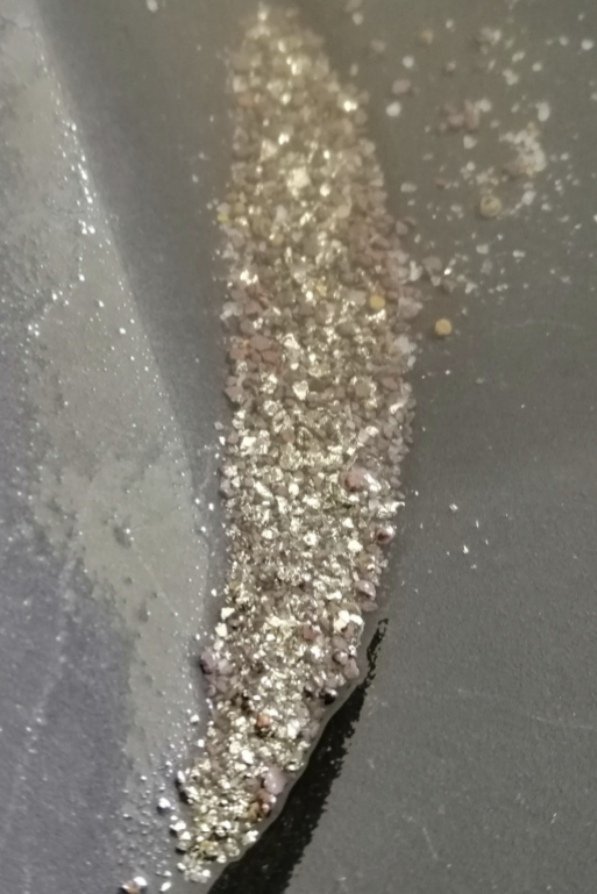
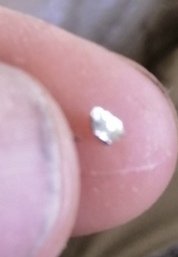 what ever it is it seems to be very heavy.
what ever it is it seems to be very heavy.










